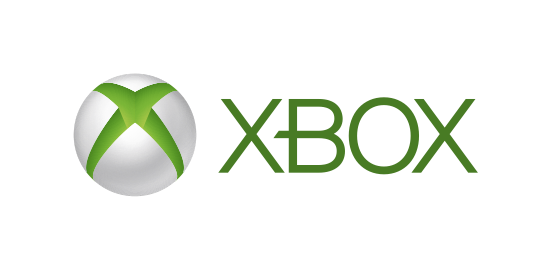Welcome to GGJ NEXT! First of all, let’s learn what it means to Jam!
Day 1: Introduction to Jamming
-
What does it mean to jam?
What does it mean to jam?
-
What do you want to get out of this?
You are just starting your two weeks of game jamming. What do you want to get out of these two weeks? What do you want to learn?
-
Find and Play
Find things around you and make a game out of it!
-
What does it mean to jam? Part 2
Here is another perspective on Game Jamming
-
Think like a game designer
Why do people like to play games? How can you make a favorite game even better? Let’s find out.
-
Choose Your Tool
It’s never too early to think about what platform you want to make your game in. Go to this page to learn about different tools you can use, and to start going through the tutorial for that tool.
What’s your game? Analog or Digital? Simple or Specialized? Your choice here will determine how you make your game in week 2.
Analog – If you love building your game with your own hands and having a physical presence as you play, or just love board games and card games, then analog games are the ones for you. Reference Guide
Twine – Want to make a story-based game in as little as 30 minutes? Twine’s got you covered. Access Tool Reference guide outside GGJ Next
Scratch – Use this block-based coding tool for endless possibilities in your game. You’ll be up and running in no time. Access Tool Reference Guide
GameMaker – Looking for a tool with intermediate level coding complexity, that is built specifically for 2D game design? Code with visuals or with script. Access Tool Reference Guide
Unity – Ready for the deep dive into coding, with one of the most powerful 2D and 3D game design tools used by game design professionals? The learning curve is steep, but the possibilities are huge. Access Tool Reference Guide
dot big bang – dot big bang is an online platform that enables people to play, make, and share games, on any device, instantly! It’s grown into a fully-featured browser-based game making platform. Seamless cross-play and real-time collaborative editing works on all devices, with no install. Playing and creating on dot big bang is free, with future plans to let creators equitably earn money from their work. We’ll enable creators to sell cosmetic items to players and sell objects, scripts and templates to other creators. dot big bang is also free for teachers, with an education programme
HypeHype – Use this free new app to create and play games on your phone, tablet, desktop or browser, for free. Make games with a powerful 3D visual editor that is simple, fun, fast and requires no coding. www.hypehype.com
Hyperpad – CREATE. SHARE. PLAY. Only with hyperPad, your visual coding app. No coding is needed when you have hyperPad, only your imagination. https://www.hyperpad.com/
YAHAHA – We make 3D multiplayer online creation easy for everyone! YAHAHA is on a mission to democratize 3D content creation, helping creatives of all skill levels to make their own games, worlds, and social spaces. YAHAHA Studio is ideal for solo dev or small team to build games. It offers an all-in-one game development platform including millions of ready-to-use 3D assets, default multiplayer support, and low-code creation functions. Experience it now at https://yahaha.com/download
Cubzh – Cubzh is a cube-based fully programmable universe, distributed as a lightweight all-in-one cross-platform application for players, artists and coders. Check it out at https://cu.bzh. Dev docs: https://docs.cu.bzh.





